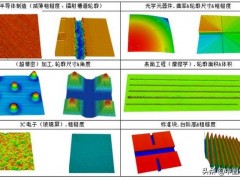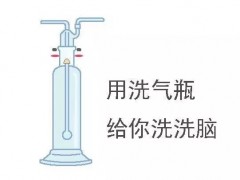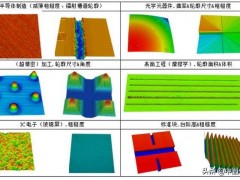.TRS_Editor P{margin-top:0px;margin-bottom:12px;line-height:1.8;font-family:宋体;font-size:10.5pt;}.TRS_Editor DIV{margin-top:0px;margin-bottom:12px;line-height:1.8;font-family:宋体;font-size:10.5pt;}.TRS_Editor TD{margin-top:0px;margin-bottom:12px;line-height:1.8;font-family:宋体;font-size:10.5pt;}.TRS_Editor TH{margin-top:0px;margin-bottom:12px;line-height:1.8;font-family:宋体;font-size:10.5pt;}.TRS_Editor SPAN{margin-top:0px;margin-bottom:12px;line-height:1.8;font-family:宋体;font-size:10.5pt;}.TRS_Editor FONT{margin-top:0px;margin-bottom:12px;line-height:1.8;font-family:宋体;font-size:10.5pt;}.TRS_Editor UL{margin-top:0px;margin-bottom:12px;line-height:1.8;font-family:宋体;font-size:10.5pt;}.TRS_Editor LI{margin-top:0px;margin-bottom:12px;line-height:1.8;font-family:宋体;font-size:10.5pt;}.TRS_Editor A{margin-top:0px;margin-bottom:12px;line-height:1.8;font-family:宋体;font-size:10.5pt;}
近日,中国科学院合肥物质科学研究院医学物理与技术中心副研究员宋文成等,在低温等离子体杀灭鼻咽癌细胞机制研究方面取得新进展,相关研究成果以Low temperature plasma induced apoptosis in CNE-2Z cells through endoplasmic reticulum stress and mitochondrial dysfunction pathways为题,发表在Plasma Processes and Polymers上。
等离子体是物质的第四种状态,主要由离子、电子及中性粒子组成。近年来,低温等离子体在医疗方面的研究和应用发展迅速,特别是在肿瘤治疗领域,低温等离子体可以“选择性”杀死癌细胞,抑制细胞增殖,为癌症治疗提供了新方法。
等离子体等能直达病灶部位、有效杀死鼻咽癌细胞,但其分子机制尚不明确。该研究通过自行开发的低温等离子体装置处理鼻咽癌细胞(CNE-2Z),发现等离子体诱导产生的活性氧和活性氮显著抑制鼻咽癌细胞CNE-2Z活力并导致细胞凋亡,抗氧化剂N-乙酰半胱氨酸能阻断等离子体诱导CNE-2Z细胞凋亡。等离子体通过CHOP、p53、Bax蛋白上调和Bcl-2蛋白下调,来触发线粒体和内质网应激诱导CNE-2Z细胞凋亡。该研究结果有助于人们理解等离子体杀灭鼻咽癌细胞机制,并为今后的等离子体实际应用于癌症治疗提供了理论依据。
 手机版|
手机版|

 二维码|
二维码|












